Pally Odam – the divine vessel – a legacy of social harmony in Aranmula village
Partha Saradhy temple – Aranmula
In the agrarian small village Aranmula along the Holy river -Pampa, people treasure their Heritage. Centred around the ancient temple of Lord Krishna (incarnation of Lord Vishnu), the life of the ardent devotees of the temple is firmly rooted on the transcendental spiritual knowledge ingrained in them by birth. A walk through the legacy of traditional art, architecture, cuisine, rituals and celebrations is a spiritual awakening to be experienced by all who search for inner empowerment.
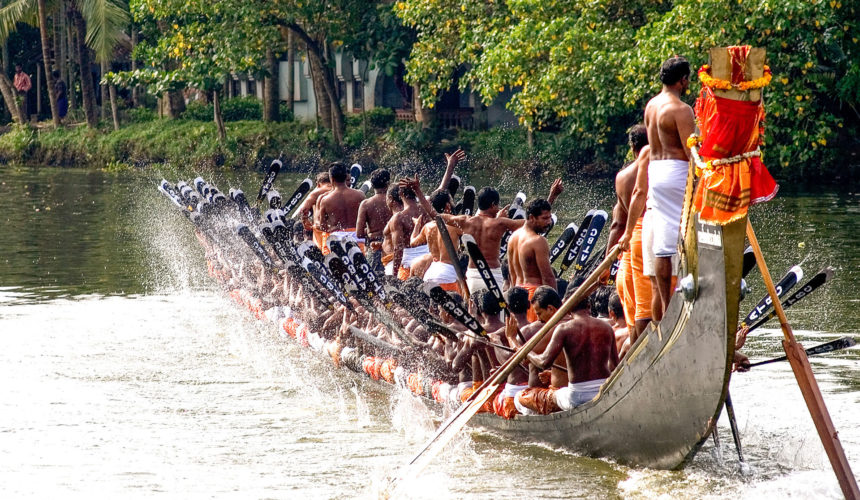 One of the legacies that the village preserves is the traditional skill in building vessels, ‘Pally Odams’, of quite unique features. The literal meaning of ‘Pally Odams’ is ‘Divine vessel’. These vessels are used only for ritualistic festivals in the southern parts of Kerala, on calm and shallow stretches of rivers.
One of the legacies that the village preserves is the traditional skill in building vessels, ‘Pally Odams’, of quite unique features. The literal meaning of ‘Pally Odams’ is ‘Divine vessel’. These vessels are used only for ritualistic festivals in the southern parts of Kerala, on calm and shallow stretches of rivers.
The know-how to build Pally Odams is vested with a few members of Vishwakarma communities of the region who have inherited the understanding of quality of different types of wood, building boats, the methods of treating the wood using organic substances and the amazing ideas to convert a log of wood in to fascinating art pieces which live through generations.
The Pally Odam builders of Aranmula follow the principles of Indian architecture which they learn from their ancestors, working with them from childhood days onwards.
 The wood of Anjali tree (Artocarpus hirsutus Lam) is used for building Pally Odams. Before cutting a tree for the wood for the construction, they follow certain ritual including planting a sapling of that tree.
The wood of Anjali tree (Artocarpus hirsutus Lam) is used for building Pally Odams. Before cutting a tree for the wood for the construction, they follow certain ritual including planting a sapling of that tree.
There are specific rituals to be performed before launching the new boat and also each time when the boat is released from the yard or re-docked. Each boat has a name, usually associated with the block (Kara) she belongs to.
These vessels distinct to Aranmula have some features of the Snake boats designed during the days of erstwhile Rajas, when they were used for transporting weapons swiftly through all types of waterways- lakes, canals or rivers and for sportive races. However, Pally Odam in Aranmula is used only for solemn short voyages through calm, shallow and narrow stretches of waters.
Having an ornated towering hood at the stern (Amaram), slender body (Hull) and long tapering bow (Koombu), a Pally Odam looks like the hooded mythological serpent.
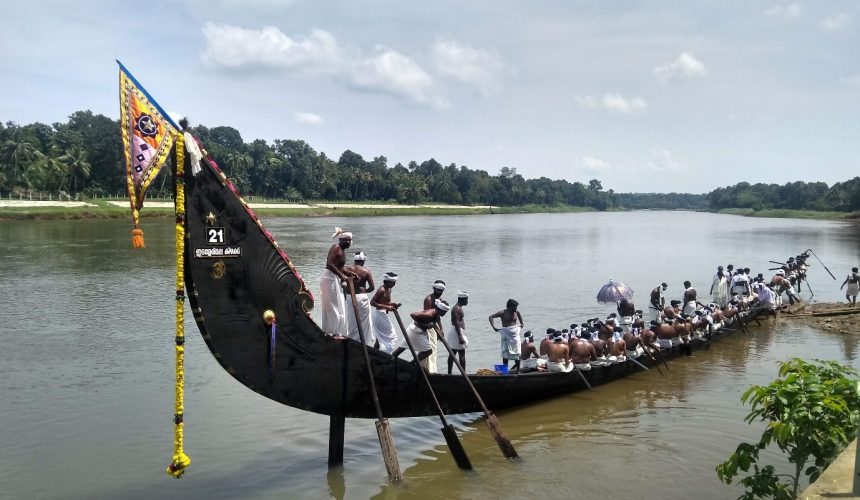 The tip of the stern is at a height of 18-20ft above the water level and the long tapering bow is around 6ft above the water level. Only 2/3 portion of the 100-140ft long boat touches the waters.
The tip of the stern is at a height of 18-20ft above the water level and the long tapering bow is around 6ft above the water level. Only 2/3 portion of the 100-140ft long boat touches the waters.
While the boat is afloat and empty, the position for the leader of the oarsmen has to be on the higher part of the stern at 8ft above the water level. The positions for the other 3 masters have to be at lower level on the stern, at around 20cm away from the leader, so as for each of them to get direct view of the channel. These 4oarsmen steer the boat, using radar-oars of 15ft length, 15kg weight and 30cm width.
The oarsmen sitting at the bow (Koombu) have to sit in a single row, keeping their legs on either side of the bow. The person sitting at the tip of the bow has to be at 6ft above the water level. He has to use an oar of around 7.5ft long, helping the Masters in manoeuvring the boat.
The paddlers sit in the compartments of the hull, 2 in a row. In this seating arrangement, the paddlers are at around 20cms above the water level. Their oars are 75-80cms long. When they paddle at high speed, the boat plunges and rises around 20cms along with the flow of the river.
A 100 feet long Pally Odam needs 4 men at the stern, 64 paddlers to be seated in 64 compartments of the body, 8 men to stand on Vedi padi( a raised platform atop the storage place of the oars), in between the 1st row of paddlers’ compartments and the back of bow. The other 25 oarsmen/singers stand in the middle of the boat in a line, on the wooden beam connecting the stern to the Vedi Padi.
Pally Odams, which are designed for sportive ride on rivers, challenging rains and wind, are built with a wind-guard – Kaattu mara- fitted at the back of the bow, just in front of the Vedi Padi. It is a simple wooden step placed at a higher level than the Vedi padi.
From the spiritual perspective, the 4 master oarsmen represent 4 Vedas, the 64 paddlers represent 64 Hindu art forms and the 8 men standing on the Vedi Padi represent mythological guardians of 8 directions.
Only during the festival season (July/Aug/Sep) lasting for around 10weeks that Pally Odams are seen afloat on Pampa River, in the neighborhoods of the temple.
Currently there are 52 Pally Odams in Aranmula. Once the festival gets over, the vessels are re-docked in a special garage and are maintained periodically, treating the wood with organic oils and resins.
The pageantry of Pally Odams (Vallom Kali)
 Keralites enjoy the pompous and exuberant festivals. Pageantry of elephants, boats and cultural extravaganza are integral part of the culture since time immemorial. The spiritually inclined rulers of various dynasties used to find time for expressing their gratitude for the blessings for their victories by performing various Vedic rituals, indulging in social commitments, promoting cultural programs and community welfare events. Even though the dynasties collapsed, the legacy of spirituality and social consciousness transmit through the generations till date, despite the applaudable advancement in the life of the people of Kerala.
Keralites enjoy the pompous and exuberant festivals. Pageantry of elephants, boats and cultural extravaganza are integral part of the culture since time immemorial. The spiritually inclined rulers of various dynasties used to find time for expressing their gratitude for the blessings for their victories by performing various Vedic rituals, indulging in social commitments, promoting cultural programs and community welfare events. Even though the dynasties collapsed, the legacy of spirituality and social consciousness transmit through the generations till date, despite the applaudable advancement in the life of the people of Kerala.
During the harvest festival Onam (Aug/Sep), the 52 Pally Odams are all clean and decorated, all set to sail, taking the oarsmen to the temple to participate in the ritualistic feast (Valla Sadya) at the temple. The highlights of the festival are the daily feast accorded to the oarsmen of the Pally Odams, the ritualistic voyage of the Pally Odams to the temple, the spectacular procession of the Pally Odams in the rhythm with the songs and verses of the oarsmen and the thrilling boat race on Ashtami Rohini -the birth day of Lord Krishna.
A brief history of the regatta (Vallom Kali)
With reference to the literary works and folklore, it is believed that an ardent and wealthy devotee of the temple used to offer a feast at the temple on the last day (Thiruvonam) of the Onam festival. He himself used to bring the ingredients for the feast to the temple, taking a solemn voyage by a traditional wooden boat, keeping a lamp lit onboard the boat. Since the voyage was intended for a noble mission on the auspicious day Thiruvonam- the star of Lord Vishnu as per Vedic astrology- local people named the boat as ‘Thiruvonam thoni’. (In the local language meaning of Thoni is boat). Since this overnight journey was in rough weather and through tricky routes, the oarsmen in the locality used to escort him by their own boats.
This tradition is still being practiced by the family of that devotee.
The oarsmen of Aranmula region are treated as God’s own men since they take care of the Thiruvonam Thoni.
The latest Thiruvonam Thoni is more elaborately crafted than in the past. It has all the features of the Pally Odams, except that the bow is shaped like the face of Garuda-the mythological Vulture.
The ritualistic feast initiated by a single noble person as an offering to the deity, practically serves as a treat not only for the oarsmen but also for all those who are deprived of a sumptuous meal on an auspicious day. Associated with this tradition there is also a practice in this family that one of its male members has to fast from dawn till dusk on this auspicious day. This practice is being followed to experience the social evil of deprivation of basic needs of the underprivileged people, which was committed inadvertently by one of the members some day in the past that caused the death of a poor lady due to hunger.
Valla Sadya (feast for the oarsmen of Pally Odams)
Inspired by the social harmony associated with the ritual initiated by one devotee, nowadays more and more devotees from different places are coming forward to offer the feast (Valla Sadya). The feast becoming a daily event from 15th July through 2nd October, the festival exuberance of the village extended beyond the 10day’s long cultural extravaganza related to the annual harvest festival-Onam.
After performing certain rituals in the temple, the host of the feat receives the oarsmen at their station and together they set sail to the Ghat of the temple. Clad in traditional attire, the oarsmen row the boat singing songs and verses praising Lord Krishna. They receive ceremonious welcome at the Ghat and are led to the temple to perform certain rituals. Afterwards, at the traditional dining hall of the temple, the sumptuous meal (Sadya) is served on a banana leaf. The elaborate menu includes a minimum of 44 vegetarian dishes and medicated water to drink. The guests have the privilege to ask for more servings which they do poetically.
After relishing the feast, the oarsmen render songs of gratitude and return.
The Onam celebrations conclude on the 4th day after Thiruvonam with the spectacular procession of the 52 resplendent Pally Odams, decorated with flower garlands, festoons and flags, in front of the temple.
The Valla Sadya offerings conclude after 5 more days, on Ashtami Rohini, the birth day of Lord Krishna, with a sportive race of all the Palli Odams held.
It is interesting to note that oarsmen and the devotees of the village participate in the feast and the regatta solemnly. even though the village has prospered and poverty and starvation are eradicated, Thousands of devotees participate in the Valla Sadya and throng along the bank of the river to watch the ritualist regatta of the dazzling Palli Odams
How does one learn the traditions of Aranmula?

Cruise with us onboard RV Vaikundam to experience the melange of rituals, art and traditions which continue to nourish the social harmony of Aranmula as it had been ever before.
RV Vaikundam offers an expedition form of cruising on the Backwaters of Kerala. RV Vaikundam is a 9 cabin (1 Deluxe Cabins and 8 Superior cabins) motor vessel offering a seven-night eight-day rendezvous, from October to April.
On day 2 of the 7 night North-South Cruise we visit the village spending time with the coir weavers, the shell harvesters and farmers, engaging in conversation with them about the riparian life, and watching various indigenous techniques of fishing. Coir, one of the major exports of Kerala, is of much relevance today than ever before when plastic has become a global menace. People of Chenganda are major suppliers of this cottage industry.
The 7 night North-South Itinerary starts at Kochi and ends in Alleppey in the State of Kerala, while the 7 night South-North Itinerary starts from Alleppey to Kochi in the State of Kerala. Airport connectivity is available at Kochi. All inclusive price starts from USD 250* per person per night for base category cabins. *Terms and conditions apply.
The Itinerary is subject to weather and river conditions or if we are faced with any political challenges. The tourism season is from October to April.




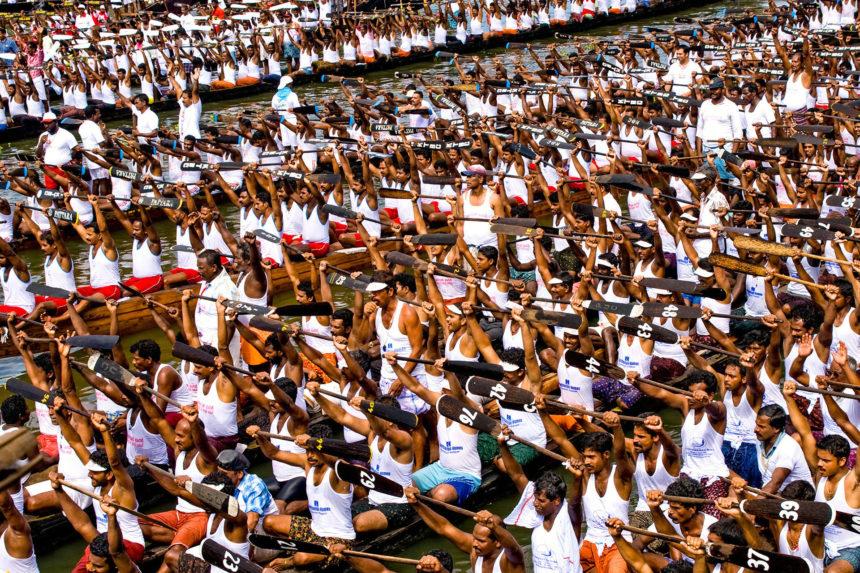

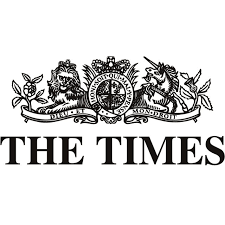








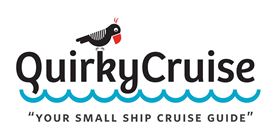


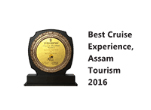


Leave a Reply
You must be logged in to post a comment.